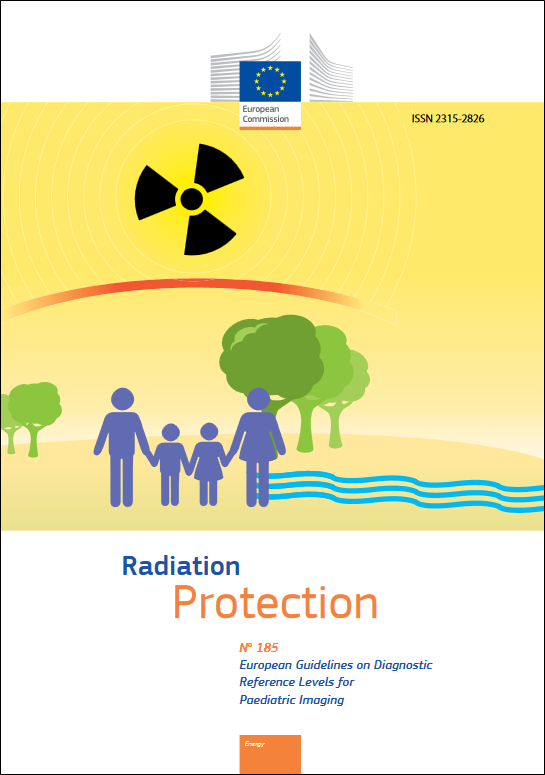About
The PiDRL project was intended to provide European DRLs for paediatric examinations and to promote their use so as to advance the optimisation of radiation protection of paediatric patients, with a focus on CT, interventional procedures using fluoroscopy, and digital radiographic imaging.
The specific objectives were to:
- Agree on a methodology for establishing and using DRLs for paediatric imaging
- Update and extend the European DRLs to cover more procedures and a wider patient age/weight-range based on current knowledge
To fulfil these objectives, this project relied on:
- The cooperation of the relevant European umbrella organisations and their key experts in this field, supported by a radiation protection authority with wide experience in setting DRLs and radiation protection of paediatric patients, further supported by its subcontractors from a paediatric hospital and an IT expert institute.
- A European workshop to discuss and disseminate the results of the work packages, in particular the new insights gained, the need for further action on DRLs and their use in optimising the radiation protection of paediatric patients.
- An Expert Advisory Panel made up of representatives from the World Health Organisation (WHO), the International Atomic Energy Agency (IAEA), the National Council on Radiation Protection and Measurement (NCRP), Public Health England (PHE), the Cardiovascular and Interventional Radiological Society of Europe (CIRSE) and the International Commission on Radiological Protection (ICRP).
- Interaction with the Working Party on Medical Exposures of the Article 31 Group of Experts of the EURATOM Treaty during the project lifetime for feedback on the work performed.
Download the European Guidelines on DRLs for Paediatric Imaging published in the European Commission’s Radiation Protection Series here.

